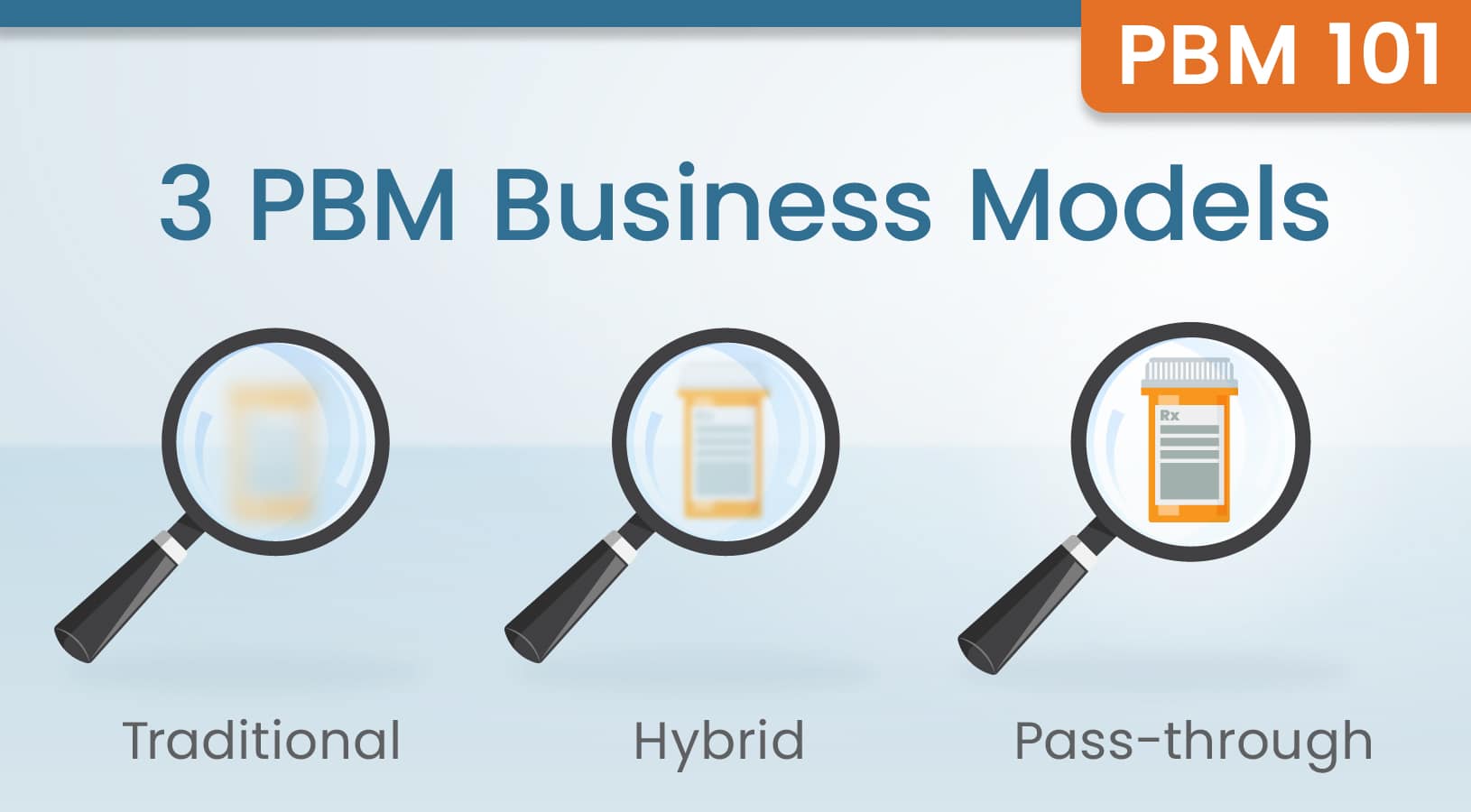Leveraging Data to Predict Future Non-Adherence
Nearly 150 million people in the U.S. have at least one chronic illness, and as many as half fail to take their prescriptions appropriately.1,2
As a result, medication non-adherence leads to 125,000 deaths annually and costs the U.S. health care system up to $289 billion a year.3 Predictive analytics play a major role in health care through identifying medication non-adherence, improving clinical outcomes and reducing health care expenditures.
What is Predictive Analytics?
In modern health care, the integration of technology, data and predictive modeling has transformed chronic disease management and enabled a proactive approach to population health management. Predictive analytics forecast member-level adherence patterns using numerous data measures, including:
Complex disease states
Medication refill habits
Socio-geographic data
Behavioral information
Medication regimen complexity
In addition, plan sponsors can leverage other social determinants of health and demographic data to identify members at risk for medication non-adherence.
Seeing the Value of Predictive Analytics
Predictive analytics enable clinicians to view the overall population percentages identified as at risk, as well as ranking and prioritizing identified members who are at the highest risk of non-adherence. A plan sponsor’s case management team can then use this information to reach out to members in a proactive manner and provide educational information and support. Ultimately, this support can address gaps in care at an early stage or even preemptively, and avoid potential medical costs such as emergency room visits or hospitalizations down the road.
Providing a Solution
Our Predictive Analytics Reporting identifies and classifies members into risk groups of low, medium or high-risk, based on prescription history and past behaviors. Twelve months of each member’s claims history is analyzed for:
Number of prescribers, pharmacies and prescriptions
Controlled substances
Duplicate therapy instances
Proportion of days covered (PDC) for multiple medication categories
New starts to therapy
Late refills
Drug-age considerations
Socioeconomic and demographic factors
And more
All of these components play a role in predicting non-adherence. Plan sponsors receive customized reports with member-level data to help them determine the desired method of intervention and outreach.
Delivering Results
Proven valuable in optimizing member health outcomes, our Predictive Analytics for Non-Adherence tool has a high specificity of 95.6% in successfully predicting future non-adherence. With this level of precision, plan sponsors can rest assured they are receiving additional support that can address gaps in care early on and avoid costly medical expenses such as emergency room visits and hospital stays, while improving their member’s overall disease management.
Start seeing and experiencing the benefits of improved health and lower costs today. Ask your account representative about predictive analytics for non-adherence.
Irving D. Chronic Conditions in America: Price and Prevalence. RAND Corporation. https://www.rand.org/blog/rand-review/2017/07/chronic-conditions-in-america-price-and-prevalence.html. Published July 12, 2017. Accessed October 6, 2020.
Prevalence of Multiple Chronic Conditions Among US Adults, 2018. CDC. https://cdc.gov/pdc/issues/2020/20_130.htm. Published September 17, 2020. Accessed February 26, 2025.
Brody J. The Cost of Not Taking Your Medicine. The New York Times. https://www.nytimes.com/2017/04/17/well/the-cost-of-not-taking-your-medicine.htmlrref=collection%2Fsectioncollection%2Fhealth&action=click&contentCollection=health®ion=stream&module=stream_unit&version=latest&contentPlacement=1&pgtype=sectionfront&_r=1. Published April 17, 2017. Accessed October 6, 2020.
Stay Informed and Connected
Receive expert insights, healthcare tips, and important updates on pharmacy benefits, drug recalls, and more—straight to your inbox.
Navigating with a trusted partner
Now Available: 9th Annual Drug Trend Report
Our Drug Trend Report provides a clear view of the trends shaping pharmacy benefits today, along with strategies that are delivering real savings without compromising care.








